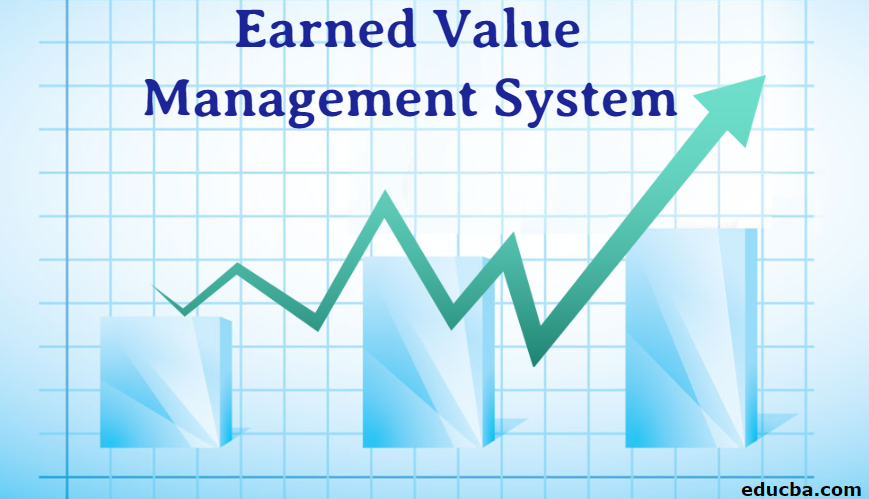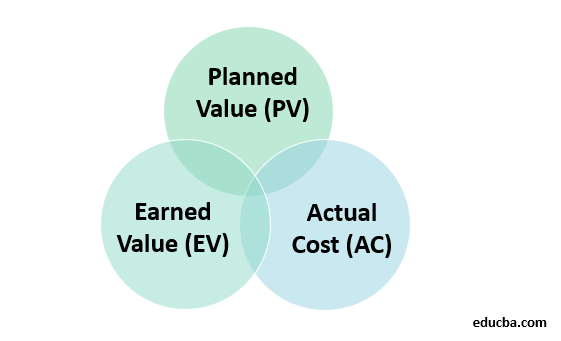Introduction to Earned Value Management System
Today’s work scenario culture is different; organisations now prefer to take on various projects to meet their strategic and functional objectives. Therefore the companies adopt various project management principles and guidelines, as suggested by the Project Management Institute (Project Management Institute) in PMBOK (Project Management Body of Knowledge), to monitor and keep the project on track. Therefore, an organization can manage and control power over projects by embracing project management tools and techniques. Among various approaches, “Earned Value Management” (EVM) is a successful and useful technique to monitor and integrate the triple constraints of project performance: scope, schedule, and cost. EVM technique is based on the concept of allocating and earning value. Now it has changed into a software-based Earned Value Management system, which includes a scheduling engine, a cost engine, a reporting engine, and an accounting system.
What is the Earned Value Management System?
Earned Value Management is a technique that integrates the three constraints, including scope, schedule, and cost. This single tool provides lots of useful information by which the project manager effortlessly can measure the performance status against the performance baseline. EVM system uses Performance Measurement Baseline (PMB) to compare it with actual cost and schedule performance.
The concept of earned value was developed in the early 20th century by management theorists Frank and Lillian Gilberth. In 1960 US Airforce introduced earned value concept in the name of Cost or Schedule Control System Criteria. Later, the new standard was changed– ANSI-EIA 748 and was redrafted by DoD and private industry. Project Management Institute adopted the ANSI standard concept and introduced it in the PMBOK guide in 1996.
The earned Value approach supports gauge the project’s actual performance by comparing it with the estimated result. Therefore, it is necessary to mention the three terms associated with the earned value to get a deeper knowledge of it. These are– EVA (Earned Value Analysis), EVM (Earned Value Management), and EVMS (Earned Value Management System). EVA technique monitors and controls the project performance by comparing it with the estimated budget, while EVM measures project performance with an integrated schedule and budget. EVMS is the collection of tools, templates, processes, and procedures necessary to operate EVM.
Three Crucial Metrics of EVM
EVM concept is based on three crucial metrics – Planned Value (PV), Earned Value (EV) as well as Actual Cost (AC).
1. Planned Value (PV)
- PV is the value of the approved budget assigned for accomplishing a certain work schedule. It can be looked into two ways– cumulative and current. Cumulative PV is the authorized budget for certain tasks performed within the estimated date. It is also referred to as Performance Measurement Baseline (PMB). Current PV is the authorized budget for completing certain tasks within scheduled dates or weeks, or months. Planned Value is also known as the Budget Cost of Work Scheduled (BCWS).
- PV can be calculated by using the following formula.
- Planned Value (PV) = percent of work scheduled for accomplishment (percent planned) X budget at completion (BAC), or simply
- PV = Percent planned x BAC
2. Earned Value (EV)
- To calculate EV is useful to get an understanding of actual project performance and determine long-term future performances. Usually, it is the value of performed tasks in terms of the approved budget, and officially it was known as Budgeted Cost of Work Performed or BCWP.
- EV is calculated by using this formula.
- Earned Value (EV) = percent of actual completion of work (percent completed) x budget at completion (BAC), or simply
- EV = percent completed x BAC
3. Actual Cost (AC)
- AC is the definite value of actual cost acquired for executing certain tasks of a project during a particular period. It tells about the actual expenditures against Planned Value. It is painful for a project manager if AC surpasses its earned value. Therefore, actual Cost is also referred to as the Actual Cost of Work Performed (ACWP).
- There is not any unique formula for calculating actual costs. Instead, it is the amount that has been spent on performing certain tasks.
- By comparing planned value to earned value, the project manager can determine whether the project is moving according to the schedule, while the comparison between earned value and actual cost helps to evaluate whether the project is running within the budget.
EVM Calculation– Variance Analysis and Performance Index
The following indicators are required to describe project performance and cost schedule with EVM. Once the values of three crucial metrics are established, analysis of variance and performance index can be performed. There are two plain expressions of variance- schedule variance, cost variance.
1. Schedule Variance (SV)
- This indicates the difference between actually accomplished works against the amount of scheduled work. The scheduled variance shows the actual status of the project.
- The formula used to determine scheduled variance is project earned value minus project planned value on the examination date.
- SV = EV – PV
- If the variance is 0, then the project is on schedule. If the variance is negative, then it is behind schedule, and if it is positive, then the project is in advance of the schedule.
2. Cost Variance (CV)
- This indicates that the project is on budget or not. It measures the difference between the approved budget amount and the actual cost spent to perform the task.
- CV= EV – AC
- A CV is calculated by differentiating between earned value and actual cost. If the variance is 0, then the project is on budget. If it is negative, the project is over budget, and if the variance is positive, then the project is under the budget.
- The project manager examines the performance indexes by the Schedule Performance Index (SPI) and Cost Performance Index (CPI).
3. Schedule Performance Index (SPI)
- It is the ratio of earned value to planned value. SPI is calculated by involving the division of earned value by planned value to show the actual completion of a task against the estimated task.
- SPI = EV/PV
- SPI greater than 1.0 means the project is ahead of schedule, and SPI below 1.0 indicates the project’s delayed schedule.
4. Cost Performance Index
- This calculation involves dividing earned value (EV) by actual cost (AC) to measure the actual completion of work value against scheduled work.
- CPI = EV/AC
- If CPI is equal to or greater than one, then it is in favorable condition, but the project is unfavourable if it is less than one.
Drawbacks of EVM
EVM has certain drawbacks that cannot be avoided. EVM can be implemented to manage and control the project, but it cannot ensure to solve everything. EVM does not have any tool to show customer satisfaction and the quality of the project. A project’s success never always depends on completion in scheduled time and budget. If the product or service quality is poor and customers are dissatisfied, then there is a severe issue regardless of accomplishment within time and budget.
Though there are limitations, yet the implementation of EVM in the project gives a clear understanding of the project’s current status at any point in time. In addition, it provides a common language of comprehension among the project professionals concerning project performance.
Recommended Articles
This is a guide to the Earned Value Management System. Here we discuss the Three Crucial Metrics of EVM, which includes Planned Value (PV), Earned Value (EV), as well as Actual Cost (AC), along with the Variance Analysis and Performance Index. You may also look at the following articles to learn more–




